DROPS Flora
Everyday comfort in alpaca and wool
from:
2.28£
2.09€
Content: 65% Wool, 35% Alpaca
Yarn Group:
A (23 - 26 stitches)
/ 4 ply / fingering
Weight/length: 50 g = approx 210 m
Recommended needle size: 3 mm
Knitting tension: 10 x 10 cm = 24 sts x 32 rows
Care: Hand Wash, max 30°C / Dry Flat / Feltable
Superwash: no
Made in: Peru
Raw material origin: Wool from South America
This yarn has an Oeko-Tex® certification (certificate number 23.HPE.36896), Standard 100, Class II from the Hohenstein Institute. This means that is has been tested for harmful substances and is considered safe in human-ecological terms. Class II means the yarn is suitable to come in direct contact with the skin to a large extent, such as blouses, shirts, mattresses, etc.
Made from 65% wool and 35% superfine alpaca, DROPS Flora is a thinner version of the popular DROPS Lima - the perfect everyday, comfort yarn.
Warm, comfortable and with good shape stability DROPS Flora gives lovely results with texture and cables and well as in multi-coloured designs (the colour pairings are fantastic), like Nordic patterns, blankets and more.
Read more about our products' sustainability here
Please be aware that the colours shown may vary from screen to screen in the same way that shades may vary slightly from dye lot to dye lot.
First of all, consider just airing the garment, instead of washing it. If you still desire to wash it, here are some guidelines:
- Hand wash at 30ºC - separately - with wool detergent without enzymes or optical brighteners.
- Don’t let the garment soak. Move the garment gently back and forth, do not rub or squeeze it.
- Rinse the garment until the rinse water is completely clear, making sure the water temperature stays uniform.
- Do a light centrifugation of the garment (about 800rpm), choosing a program that DOES NOT take in water at the start. Or press carefully the water out of the garment with a dry towel. The garment shouldn’t be twisted or rolled.
- To dry the garment, shape it and lay it flat - do not hang - ideally on a warm bathroom floor or on top of a drying rack in a room with good air circulation. Never dry the garment in direct sunlight.
- Don’t tumble dry.
- Never iron the garment directly. Use always a damp cloth between your steaming iron or regular iron and the garment.
Note: If you are washing a project made with this yarn combined with another, the general guideline is to follow the washing instructions for the most delicate of the yarns you are working with.
Thinking about felting this yarn?
See how this yarn looks before and after felting:
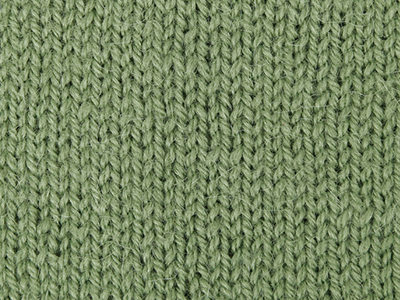
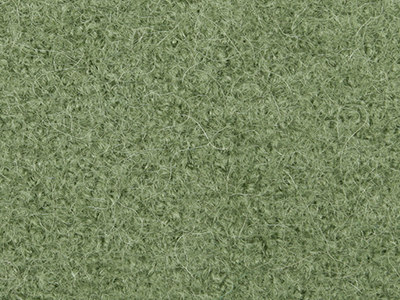
Needles: 3.00 mm
Before: 24 sts x 32 rows
After: 26 sts x 42 rows
Do you have a question about this yarn?
See a list of frequently asked questions (FAQ) about our yarns.
1) What type of fibers make the DROPS yarns?
Yarn can be made from a large number of natural and synthetic fibers. DROPS carries mainly yarns made from wool, cotton, alpaca, linen, mohair and silk. Each fiber type has its own qualities, and they are often mixed to take advantage of the best properties of each one. Coarse yarn has the advantage of being stronger and more durable, and finer fibers offer more softness and comfort. Here a bit about the main fibers we carry:
Alpaca:
Alpaca fleece is the natural fiber harvested from an alpaca, and it is similar in structure to sheep wool fiber. Its softness comes from the small diameter of the fiber, similar to merino wool. It is a soft, durable, luxurious and silky natural fiber. Yarn made from alpaca fibers does not felt or pill easily, and it can be light or heavy in weight, depending on how it is spun. While similar to sheep’s wool, it is warmer, not prickly, and has no lanolin, which makes it hypoallergenic. Alpacas come in 22 natural colors, with more than 300 shades from a true-blue black through browns-black, browns, white, silver and rose-greys.
Mohair:
This fiber comes from the Angora goats, and it's considered a luxury fiber. Mohair yarn is warm as wool, but much lighter in weight; it is durable, dyes well and does not felt easily. Mohair fibers have also a distinctive luster created by the way they reflect light. Despite being a hard fiber, mohair is usually spun into a very fluffy yarn, resulting in airy and lustrous garments.
Wool:
The wool fibers come from the skin of sheep and are relatively coarse fibers. Two striking characteristics of wool are its susceptibility to heat and its felting property, which is caused by the scales on the surface. Depending upon the breed of sheep, the appearance of the wool varies.
Wool from Merino sheep is considered the finest type of wool, having as characteristics that is finely crimped and soft. All the Merino wool in the DROPS yarns has its origins in South America, coming from sheep that have not been subject to Mulesing.
Pure new wool is wool made directly from animal fleece, and not recycled from existing wool garments.
Machine washable wool is wool treated chemically to minimize the outer fuzzy layer of the fibers, and be therefore fitable for machine wash (see Superwash).
Silk:
The silk fiber is a fine continuous fiber produced from the cocoon of a moth caterpillar known as the silkworm. While silkworm is cultivated, the wild or tussah silk is obtained from uncultivated silkworm cocoons. Silk fiber is one of the strongest natural fibers and makes a wonderful knitting yarn. It blends really well with other fibers, especially wool. Silk also dyes beautifully with natural dyes.
Vegetable fibers:
There are several varieties of vegetable fibers, found in the cell walls of plants or vegetables. Of all the varieties, two are recognized as major knitted or textile fibers. They are cotton and linen.
Cotton is the fiber surrounding the seeds in a cotton pod, and it is almost pure cellulose. Cotton is usually white in color but there are green and brown varieties as well. The cotton fiber is most often spun into yarn or thread and used to make a soft, breathable textile that is good for summer clothing and accessories, making a weaker yarn than silk or linen but stronger than wool.
Mercerized cotton is cotton that has been through a mercerization treatment. This treatment gives cotton fabrics and threads a lustrous yarn that is more lustrous than conventional cotton. It is also stronger, takes dye a little more readily, makes the yarn more resistant to mildew and reduces lint. It also may not shrink or lose its shape as much as "regular" cotton.
Linen is a fiber derived from the stalk of the flax plant that is durable and stronger than any other fiber. The linen fiber is relatively soft, straight and lustrous and becomes more beautiful with age. Linen is more comfortable to wear in hot temperatures than cotton, due to the fact that it absorbs moisture better and dries more quickly.
Other materials used in our yarns include synthetic fibers such as acrylic, viscose, polyamide (nylon) and polyester. These fibers are used mostly to give strength to a yarn (like our sock yarn, DROPS Fabel) or a special kind of structure (like our blown yarn, DROPS Air).
The polyamide fibre, commonly known as nylon, is very strong, durable, lightweight, easy to care for (can be machine washed and dried), and elastic, which makes it perfect for blending with other fibres to produce hard-wearing yarns like sock yarn.
Compared to polyester, polyamide is softer and more flexible, but it also absorbs more water and dries slower.
3) What type of information can I find on the DROPS yarn labels?
All DROPS yarn labels include information about fiber content (wool, cotton, etc.), weight in grams and ounces, length in meters and yards, washing instructions and symbols (explained here), color number, dye lot number and yarn group information.
4) What are the DROPS yarn groups?
All DROPS yarns are classified into 6 different thickness groups (A to F). Yarns in a same group have similar knitting tension/gauge, and can therefore be interchanged in patterns; however the length may be different, so when substituting always calculate the amount of meters/yards needed for the pattern to know the amount of yarn you need to get.
5) Can I use a different yarn than the one mentioned in the pattern?
Yes, as long as the yarn can be worked in the same knitting tension/gauge. Always swatch to make sure you get the same number of stitches in width and rows in height as given in the pattern.
Remember that different yarns with different textures, will give the garment different looks. The yardage/length may also be different, so when substituting always calculate the number of yards needed, in order to know the amount of yarn you need.
Read more about how to calculate the amount of an alternative yarn - and how to replace 1 thread of a yarn with 2 or more of another, here.
6) What does it mean when a yarn is “Superwash”?
A superwash wool is a special wool product that has been treated or processed in a way that allows it to be machine washable. Many people are afraid to work with wool because it is so easy to shrink (though some shrink wool on purpose) and superwash wool can allow them to work with great fibers without worry. (Read more here).
7) What does “Oeko-Tex® certified” means?
The Oeko-Tex® Standard 100 was introduced at the beginning of the 1990s as a response to the needs of the general public for textiles which posed no risk to health. The Oeko-Tex® Standard 100 is a globally uniform testing and certification system for textile raw materials, intermediate and end products at all stages of production. The test for harmful substances comprise substances which are prohibited or regulated by law, chemicals which are known to be harmful to health, and parameters which are included as a precautionary measure to safeguard health.
For more info go to www.oeko-tex.com
10) How accurate are the colours on the shade cards online?
When obtaining images for the shade card, we do our best to achieve the highest level of color accuracy. Unfortunately, we cannot guarantee how images will appear on your computer screen. Every monitor displays color differently, some colors might look darker than they really are, and some colors might be more saturated on some screens. If you experience that many of the yarn colors looks different on your screen than the actual color of the skeins, you can adjust the setting on your monitor.
11) What is a micron? What does super fine / extra fine mean?
The fineness of yarn fibers is measured in microns (thousands of millimeters). Super fine alpaca wool is 26-28 microns. Fine merino wool is less than 21.5 microns and extra fine merino is under 19.5 microns. The less microns the softer and more delicate a quality can be, the more microns the more hard wear the quality will be.
The reason why the microns in a yarn’s fibers are important is that the yarn will eventually become something else, and how delicate or coarse a yarn is will determine in part what we use it for. That’s why we recommend the softest yarns (like DROPS Baby Merino) for baby clothing, or why we choose to use a more hard wear yarn like DROPS Snow, for a seating pad or slipper.
12) Why are the colours in my skeins of print yarn different?
The reason why two skeins of a same print yarn look different can be 1) that both skeins are part of different dye lots; 2) that the skeins have been dyed using a technique called "magic print" (the one used for example in DROPS Delight), which provides unique patterns and smooth colour transitions to each skein, meaning also that within one dye lot, lighter or darker varieties might appear. This is no fault or defect, but part of the yarn's character.
13) My store doesn’t have the colour I want, what can I do?
If your DROPS store doesn’t have the yarn colour you want, try contacting a DROPS Super Store (the ones with the golden badges) - they will make sure to get a hold of the colour even if they don’t have it in stock themselves. See a list of all DROPS stores here.
14) Where can I find a specific dye lot of a colour?
Always try contacting your DROPS store first. If they do not have the dye lot you want we recommend you to ask other knitters and crocheters in the DROPS Workshop in Facebook or Ravelry, which may have the dye lot in their stash and might be willing to part from it.
Yarn sheds because there's not enough twist to hold all of the fibers together. All yarns have excess fibers (from production) that might come off as lint or shedding, in varied degrees that depend on how the yarn is spun. Brushed yarns ("hairier" yarns) like DROPS Melody, have more of these loose fibers than other yarns, and therefore shed more. Shedding also depends on what is worn under or over the garment, and whether this pulls at the yarn fibers. It’s therefore not possible to guarantee that there will be no shedding.
Below are some tips on how to get the best result when working with hairier yarns:
- When the garment is finished (before you wash it) shake it vigorously so the looser hairs come off. NOTE: do NOT use a lint roller, brush or any method that pulls at the yarn.
- Place the garment in a plastic bag and put it in your freezer - the temperature will cause the fibers to become less attached to each other, and excess fibers will come off easier. Leave in the freezer for a few hours before taking it out and shaking it again.
- Wash the garment according to the instructions on the yarn label. Garments worked with hairier yarns usually need to be shaken once dry after washing, so that the hairs rise and any excess fibers can come off.
Pilling is a natural process that happens to even the most exclusive of fibers. It's a natural sign of wear and tear that is hard to avoid, and that is most visible in high friction areas of your garment like a sweater's arms and cuffs.
You can make your garment look as new by removing the pilling, using a fabric comb or a pill/lint remover.
How can I replace this yarn?
If you are looking to replace this yarn with another DROPS yarn, you can use another yarn within the same yarn group, or try our yarn converter!
Other yarns in Yarn Group A
Read more about replacing yarn.Have a problem with the DROPS yarn you purchased?
When you purchase yarn from the shade cards or patterns on our site, you are not buying directly from DROPS but from one of the hundreds of DROPS stores around the world. It is therefore important that you take contact with the DROPS store where you bought the yarn, and that you save the labels of all the skeins you purchased (they are your warranty).
The DROPS store you contact will assist you and escalate the claim if necessary. Find a list of DROPS stores here.
Comments / Questions (170)
![]() Ines Xam-mar Alonso wrote:
Ines Xam-mar Alonso wrote:
El color amarillo de esta lana es vivo o mortecino (por ejemplo color vainilla).
03.02.2017 - 12:44DROPS Design answered:
Hola Inés, el amarillo de DROPS Flora es bastante vivo, no amostazado.
09.02.2017 kl. 15:37
![]() Janet English wrote:
Janet English wrote:
My family is very uncomfortable in wool yarns, so what yarns in acrylic are compatible with your patterns?
23.01.2017 - 21:57DROPS Design answered:
Dear Mrs English, you can then use Cotton yarn group A instead - see them here, your DROPS store will help you choosing a yarn matching your desire. Happy knitting!
24.01.2017 kl. 10:06
![]() Janne Jensen wrote:
Janne Jensen wrote:
For pokker, - hvor er det bare lækker garn. Så blødt, elastisk og en fryd at strikke med. Men hvor ville jeg dog ønske, at i ville lave det i mange flere farver. Natur-farverne er flotte, men helt ærligt er de farvede ret kedelige. Kunne i ikke overveje at lave en større farve-skala? Så kan jeg love jer, at der ville komme endnu mere salg :-)
30.12.2016 - 22:05DROPS Design answered:
Hej Janne. Tak for det. Flora garnet er ret nyt, saa vi er startet med en basispalet af farver. Vi vil eventuelt udvide med flere farver senere naar vi ser hvordan det gaar med garnet :) Godt nytaar.
02.01.2017 kl. 11:58
![]() Martina wrote:
Martina wrote:
Flora ist ein tolles Garn. Ich habe Handschuhe daraus gestrickt. Weich und warm. Sehr angenehm. Wird sicher eins meiner Lieblingsgarne. Mehr Farben wären schön.
20.12.2016 - 14:59
![]() Rianne Wiesje Kompier wrote:
Rianne Wiesje Kompier wrote:
Heb sokken gebreid hiermee als goede brei-Sinter-oma. Een absoluut succes!! Wat een mooi resultaat en prachtige zachte kwaliteit.
09.12.2016 - 14:57
![]() Steffi wrote:
Steffi wrote:
Hallo. Kann man dieses Garn im Wollwaschgang mit der Maschine waschen? Hat da jemand Erfahrungen gemacht? Das ist ein tolles Garn in so schönen Farben. Ich hab Lust total viel damit zu stricken, aber alles nur mit der Hand zu waschen wäre doch sehr anstrengend ;-)
05.12.2016 - 20:26DROPS Design answered:
Liebe Steffi, Pflegehinweise zu dem Garn finden Sie unter Tab "Pflegehinweise", mehr können Sie auch hier lesen. Weitere persönliche Auskünfte bekommen Sie gerne von Ihrem DROPS Laden. Viel Spaß beim stricken!
06.12.2016 kl. 10:16
![]() Mar Palomo wrote:
Mar Palomo wrote:
La información de la etiqueta de Flora es errónea. La muestra es de 28 puntos en 10 cm con aguja de 3mm. He comprado once madejas para un proyecto que no me sirven. Estoy muy defraudada.
02.12.2016 - 17:34
![]() Tanja Heida wrote:
Tanja Heida wrote:
In de video is duidelijk te zien dat Flora 3 ply is. In de omschrijving staat 4 ply. Hoe zit dat?
30.11.2016 - 13:19DROPS Design answered:
Hoi Tanja. Dat het garen 4 ply is, heeft niets te doen mee hoeveel draden het garen van getwijnd is. 4 ply is voor ons dat een dun garen type "Fingering" is - of je kan ook Sock, Baby of Superfine zeggen. Wij gebruiken de standaard zoals ook te vinden is op Ravelry.
05.12.2016 kl. 15:40
![]() Rianne Wiesje Kompier wrote:
Rianne Wiesje Kompier wrote:
Is dit garen geschikt als sokkenwol? Lijkt me heerlijk zacht maar.....is het sterk genoeg?
29.11.2016 - 20:45DROPS Design answered:
Hoi Rianne. Hoewel dit garen niet zo slijtvast zal zijn als een sokkenwol met polyamide (zoals Fabel), denk ik dat je heerlijke sokken van kan breien (met bijvorbeeld Nepal of Lima - de "grote broertjes - maak je mooie sokken mee)
30.11.2016 kl. 11:20
![]() Mary wrote:
Mary wrote:
Drops Flora er blitt mitt favorittgarn, uten tvil😊
15.11.2016 - 19:28
![]() Inger Anna Dagsloth wrote:
Inger Anna Dagsloth wrote:
Helt nydelig garn! Kommer det flere farger? Savner varmere og dypere toner av alle fargene.
15.11.2016 - 18:11DROPS Design answered:
Hej Inger. Tak! Garnet er ret nyt, saa vi har endnu ikke planer om flere farver lige nu. Men maaske i fremtiden :)
16.11.2016 kl. 09:45
![]() Novel wrote:
Novel wrote:
Bonjour, la laine Flora est-elle assez résistante pour tricoter des chaussettes ! Je vous remercie d'avance pour votre réponse. Amicalement, Christine
15.11.2016 - 13:58
![]() Mc wrote:
Mc wrote:
Bonjour, J'aimerai savoir si cette laine pique ou pas.. merci d'avance pour la réponse
07.11.2016 - 09:02DROPS Design answered:
Bonjour Mc, la sensibilité de chacune étant différente, la réponse est très personnelle. Nous vous invitons à contacter votre magasin DROPS pour toute question complémentaire, il pourra vous renseigner et vous conseiller. Bon tricot!
07.11.2016 kl. 13:50
![]() Marina wrote:
Marina wrote:
Klopt de steken verhouding wel? Is dit met nld 3 of 4
30.10.2016 - 00:12DROPS Design answered:
Hoi Marina. We raden nld 3 aan voor een standaard stekenverhouding van ca. 23-26 st per 10 cm. Maar in het patroon die je wilt maken staat vast een aangeraden stekenverhouding, en soms brei je losser of vaster - dus brei altijd een proeflapje.
31.10.2016 kl. 11:11
![]() Raquel Martinez wrote:
Raquel Martinez wrote:
Hola,recomendariais esta lana para bebe?? Seria apropiada para jerseis ?? Un saludo.
24.10.2016 - 23:04Anton wrote:
Thank you for deal of yarns with Alpaca!!!
15.10.2016 - 20:39Anton wrote:
Oh, please continue a discount for Flora yarn. I did not make an order in time. :( Thank you!
03.10.2016 - 16:25
![]() Jenny wrote:
Jenny wrote:
Hei. Er det noen butikker i Oslo som har tatt inn dette garnet ennå?
27.09.2016 - 19:53DROPS Design answered:
Hej Jenny. Indtil videre kan du nemmest bestille dette garn via en af vores nettbutikker. Ellers spörg din lokale DROPS butik i Oslo (eller en af de andre) om hvornaar de forventer at tage Flora ind.
29.09.2016 kl. 10:44
![]() Julie wrote:
Julie wrote:
Is this yarn softer than Fabel yarn? Is it about the same thickness as Fabel? Thanks
27.09.2016 - 15:03DROPS Design answered:
Dear Julie, content is different and sensitivity is something personnal, please contact your DROPS store they will provide you personnal advices and assistance. Happy knitting!
28.09.2016 kl. 09:44
![]() Ellinor wrote:
Ellinor wrote:
Er garnet ubehandlet, og med naturlige plantefarger?
27.09.2016 - 13:32DROPS Design answered:
Hej Ellinor. Nej, det er ikke ubehandlet og det er ikke plantefarver.
29.09.2016 kl. 10:40
![]() P Van Der Laan wrote:
P Van Der Laan wrote:
Is it possible to use the flora garn for fair isle projects , juist like the alpaca garn? Greetings!
25.09.2016 - 15:12DROPS Design answered:
Hi. Absolutely. Flora is very suitable for Fair Isle
26.09.2016 kl. 11:12
![]() Raquel wrote:
Raquel wrote:
He visto que hay que lavarlo a mano, se podría lavar en una tintorería?, es que estoy pensando en comprar esta lana para hacer una colcha de ganchillo. gracias
16.09.2016 - 10:53DROPS Design answered:
Hola Raquel. También puedes limpiar en seco (es decir en la tintorería). Puedes consultar en este línk los consejos para cuidar esta lana: https://www.garnstudio.com/yarn.php?id=111&action=c&cid=23
17.09.2016 kl. 19:58
![]() Ch wrote:
Ch wrote:
Jullie zeggen dat de wol in Nederland te koop is maar als je naar de web-site van de verkopers gaat is er geen Flora duurt nog 1 of 2 weken. WANNEER is het in Nederland te koop.
15.09.2016 - 12:53DROPS Design answered:
Hoi. Hij is te koop in Nederland - bij meerdere winkels inmiddels.... Neem contact op met de winkels voor meer info.
15.09.2016 kl. 13:37
![]() Mary wrote:
Mary wrote:
Whoops, I was asking about pattern no. 142-31. Thank you DROPS.
15.09.2016 - 12:30DROPS Design answered:
Hi Mary. Would you mind asking your question on the pattern? It's more easy for us to help you that way :-)
15.09.2016 kl. 13:38






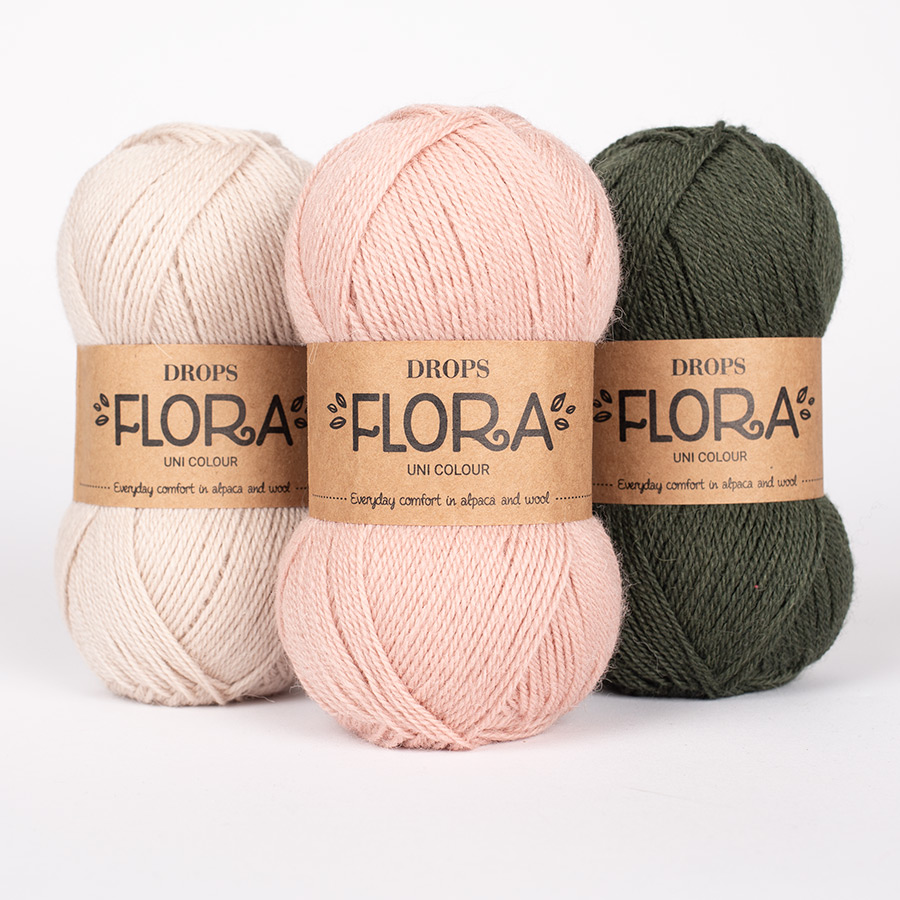

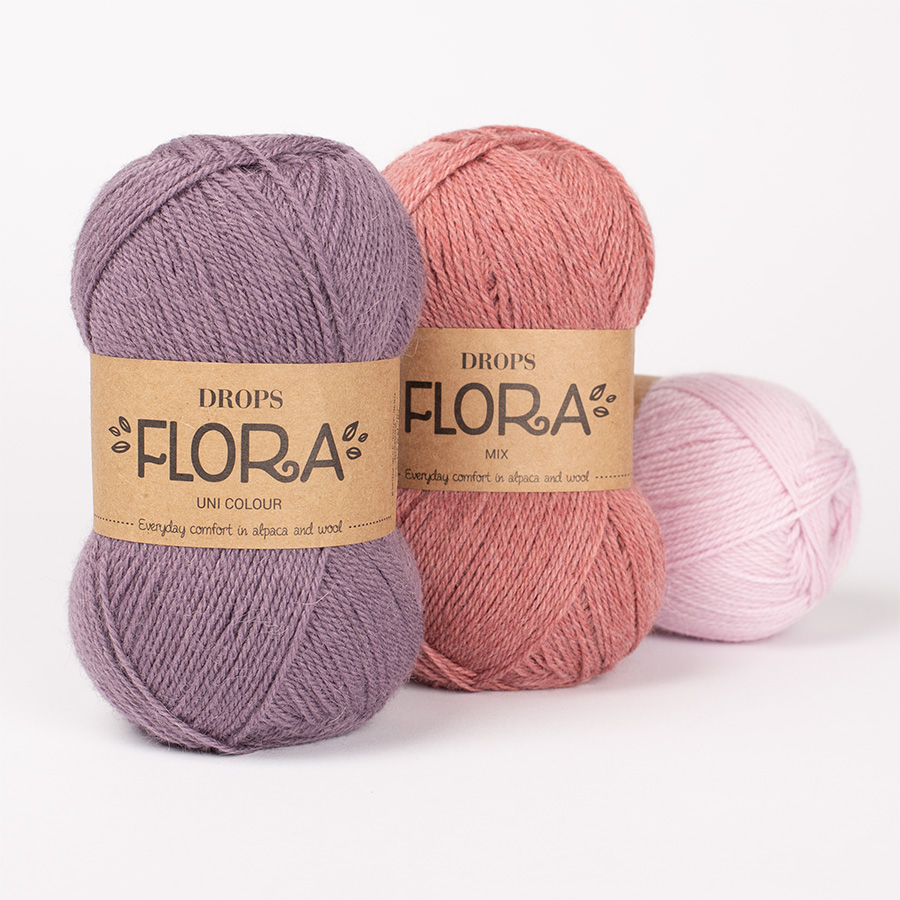
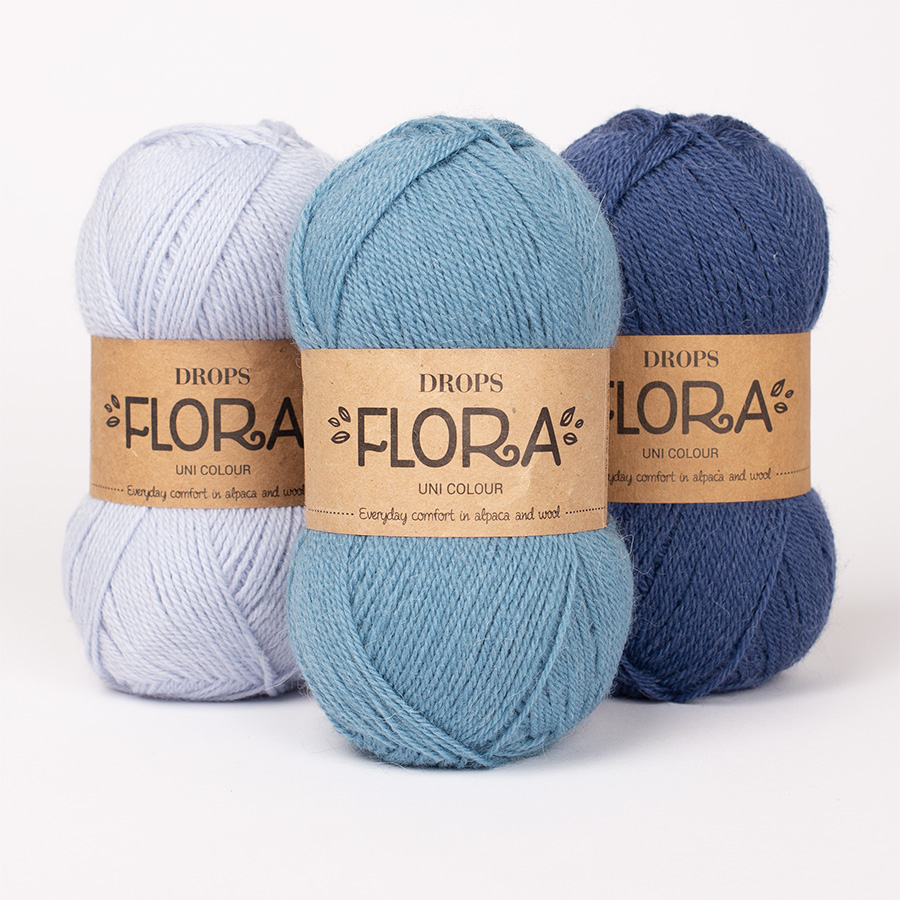
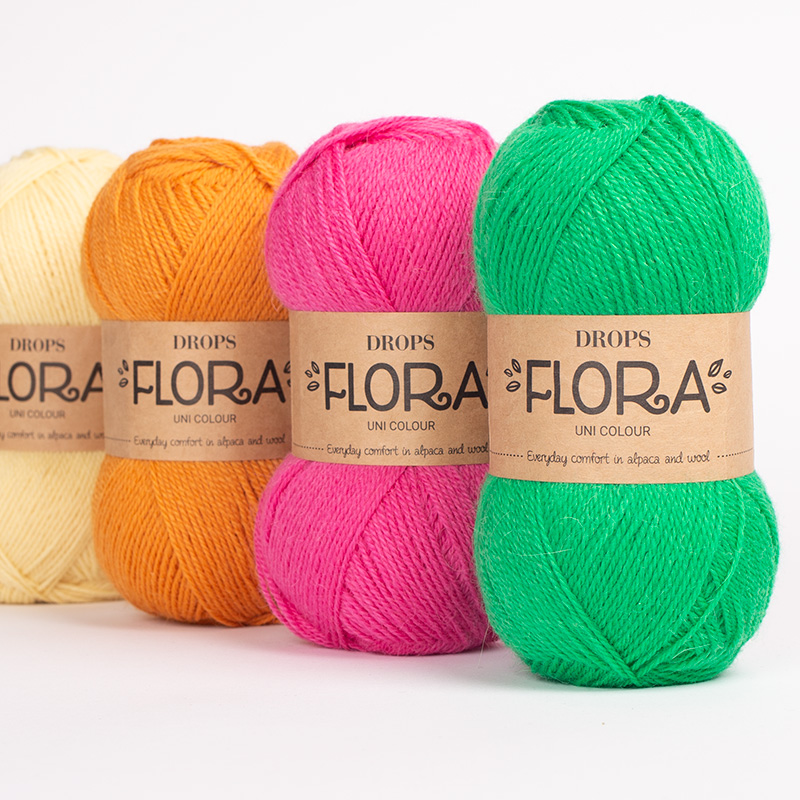
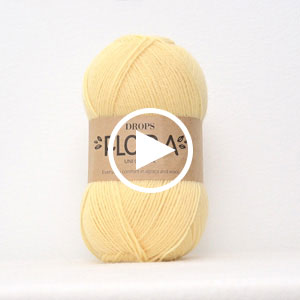





























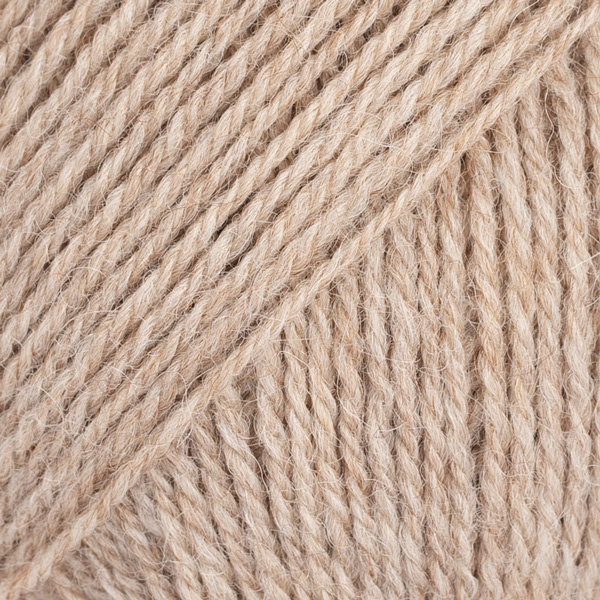
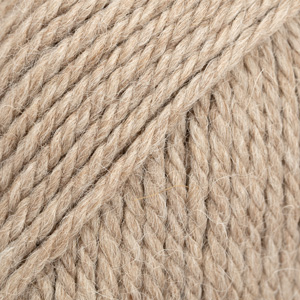

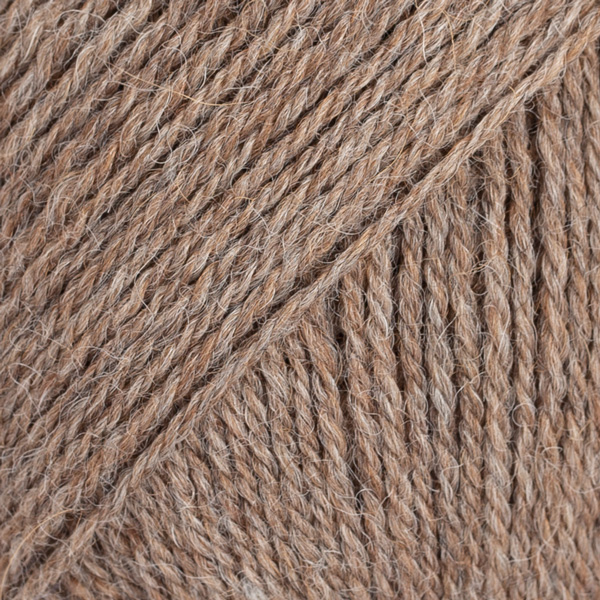
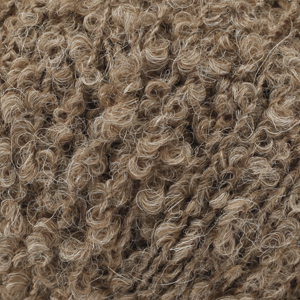










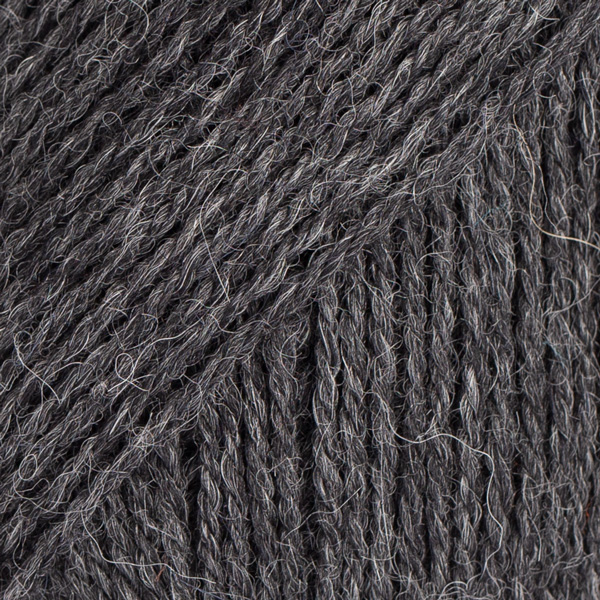

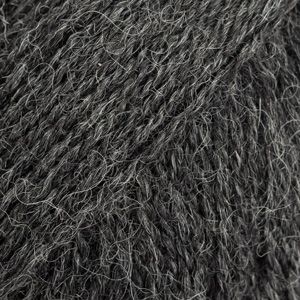






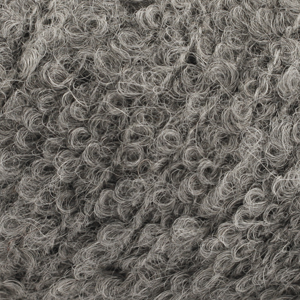








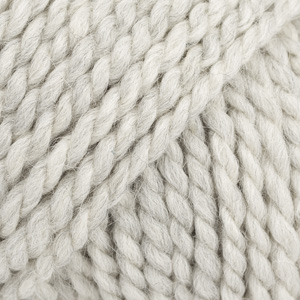













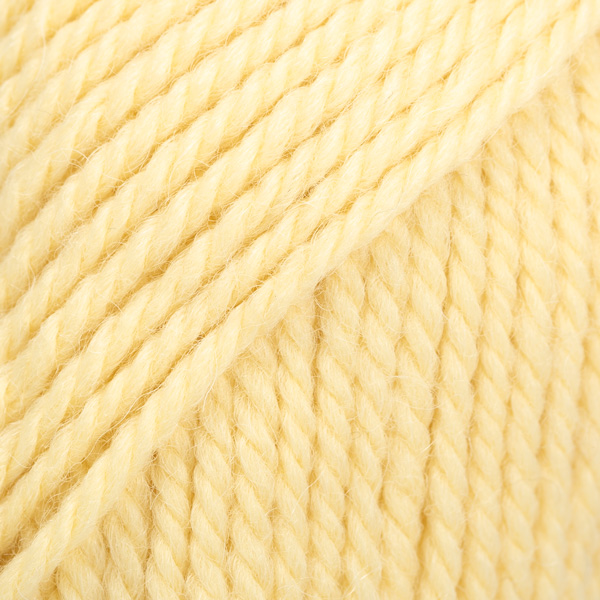















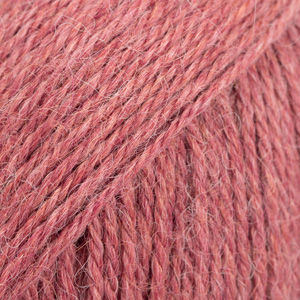











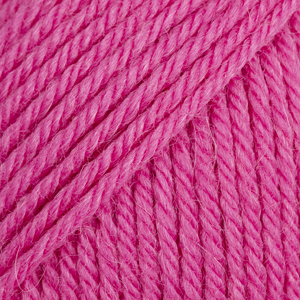




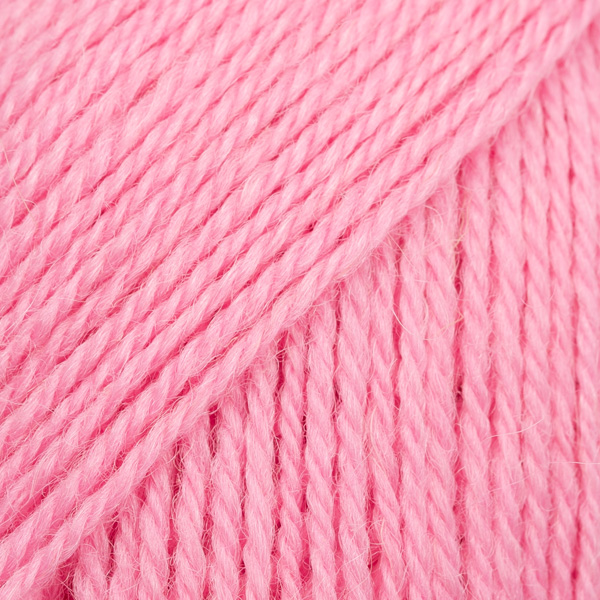






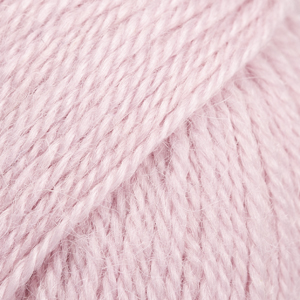







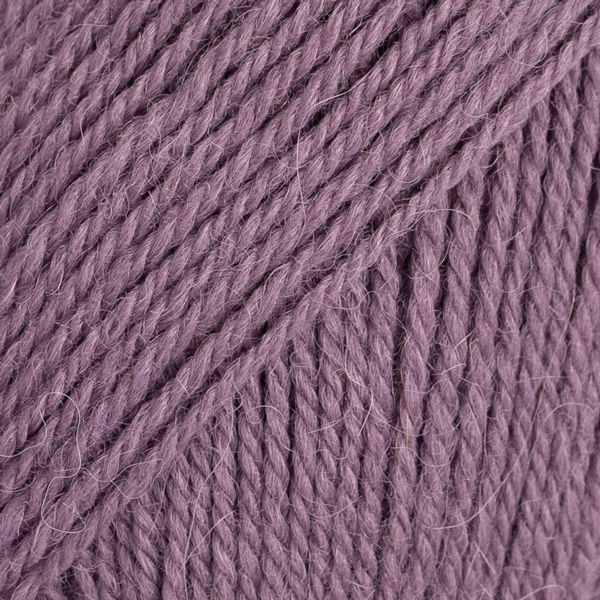


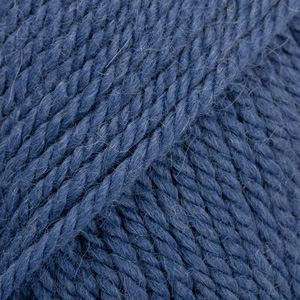

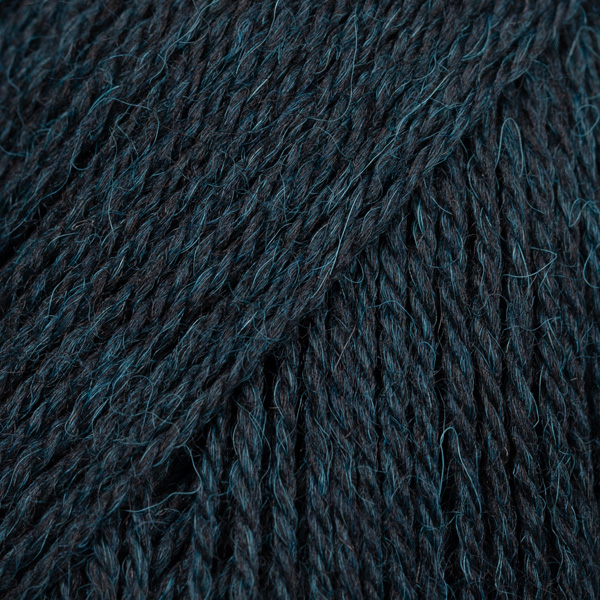















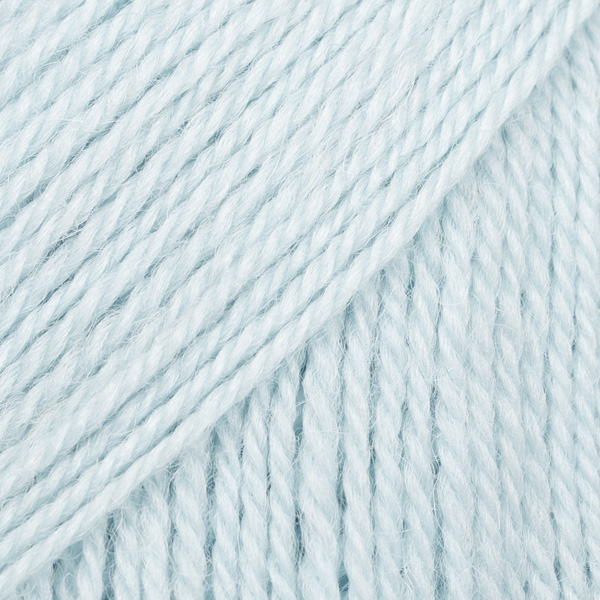






















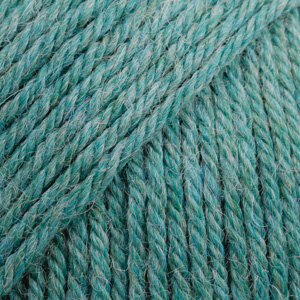






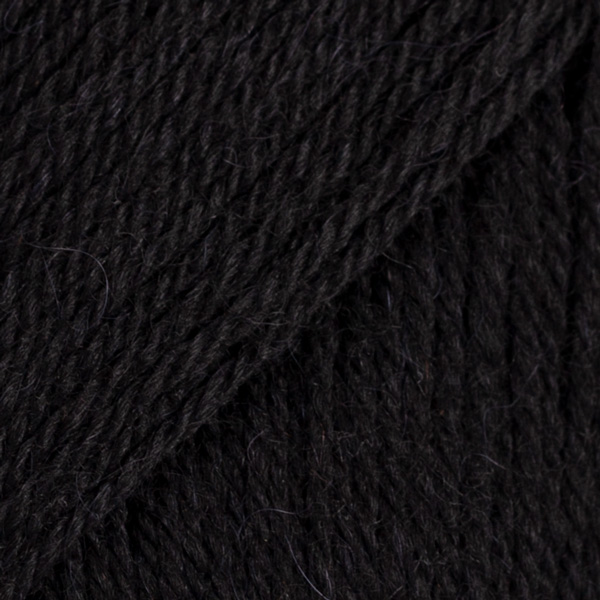

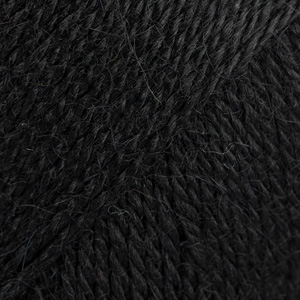
















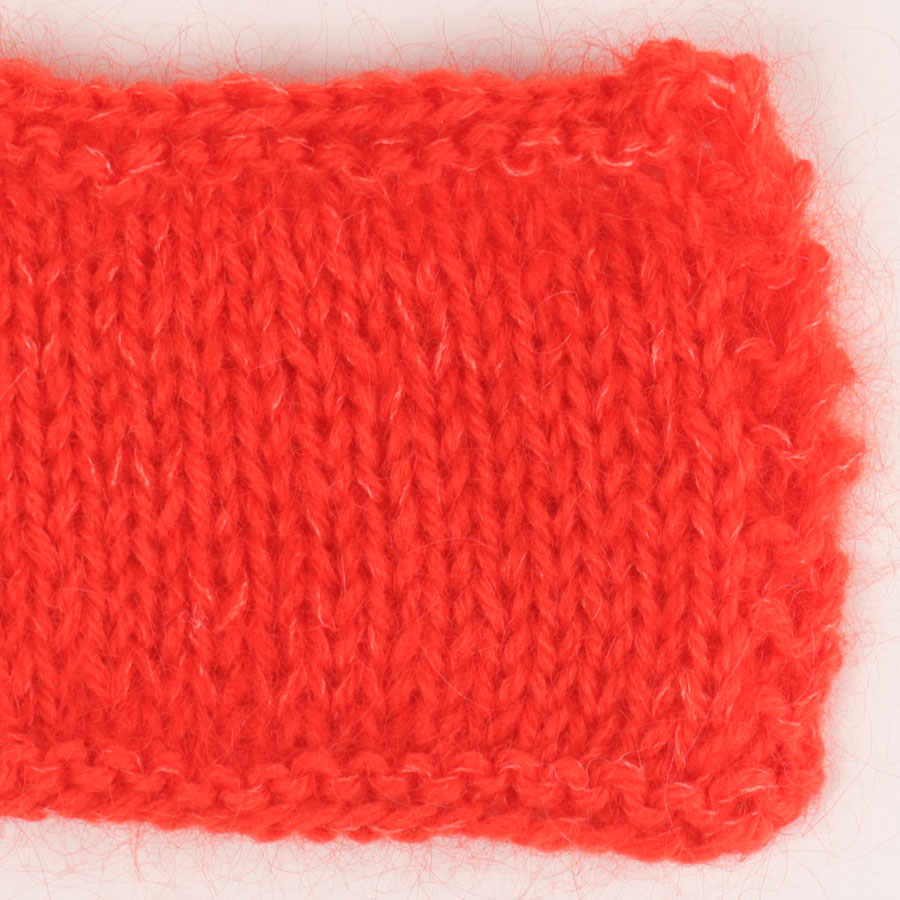
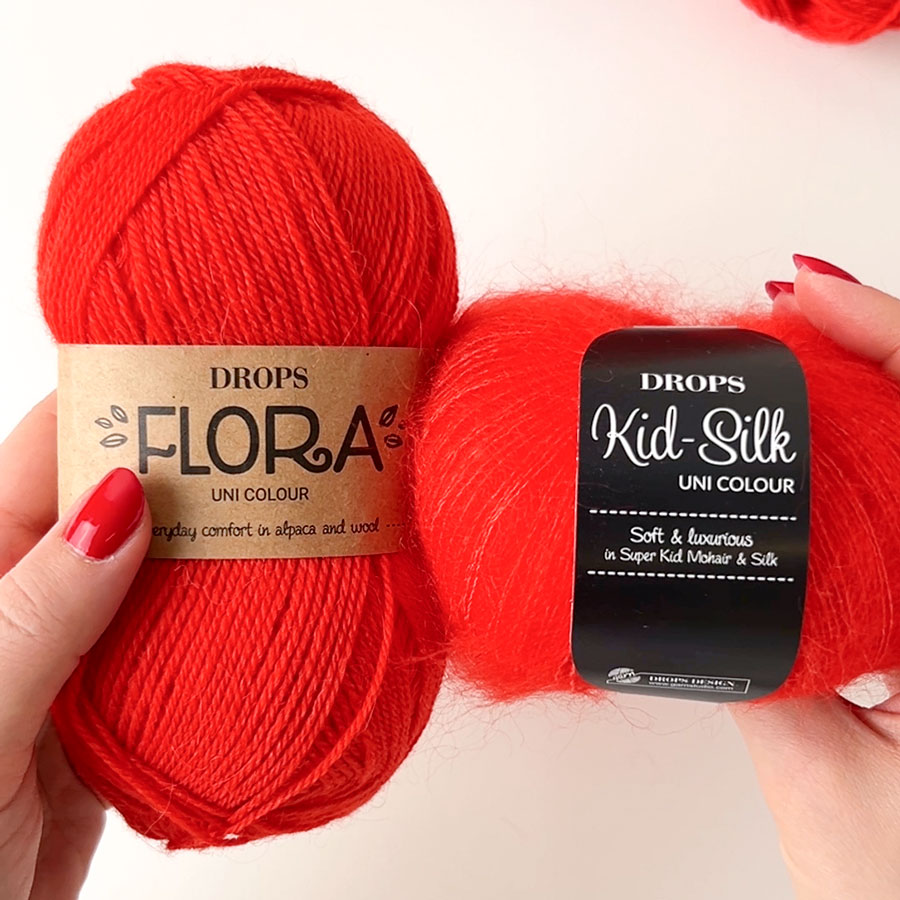
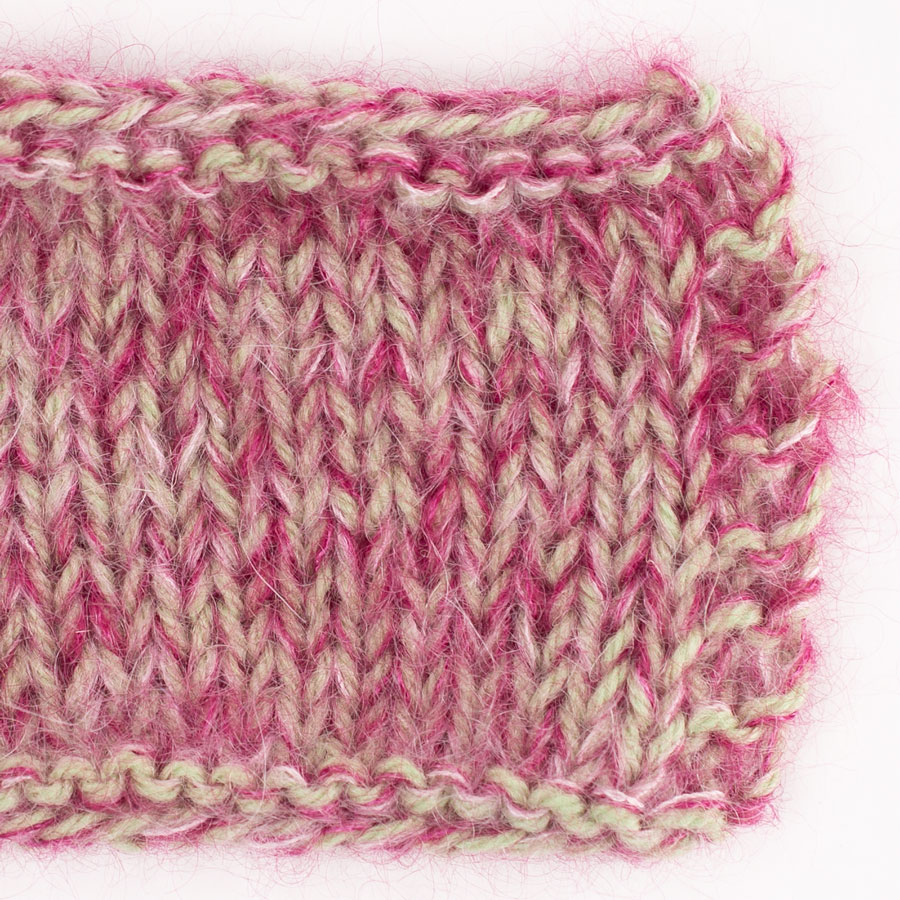
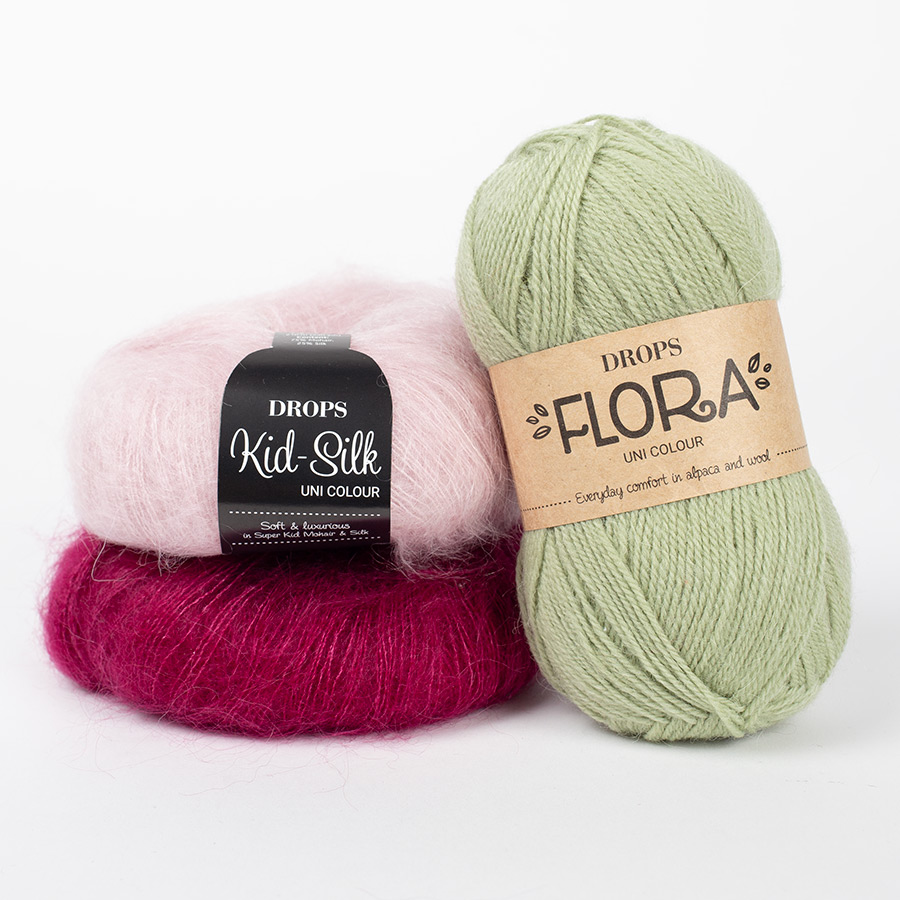
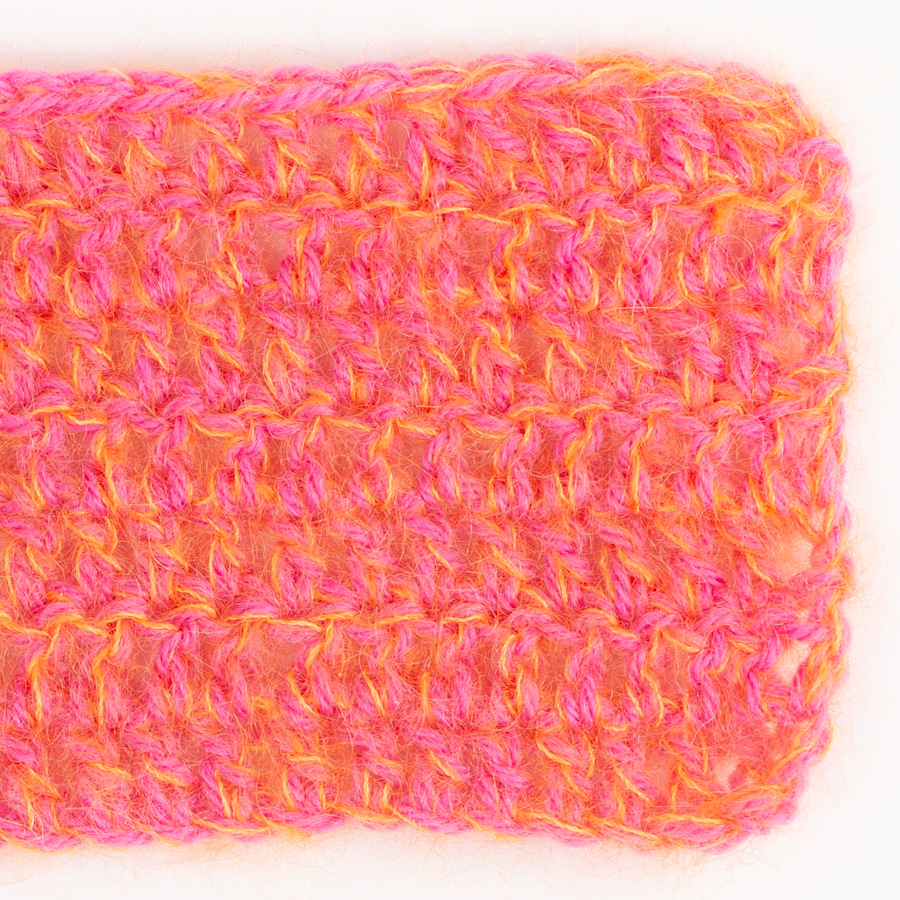

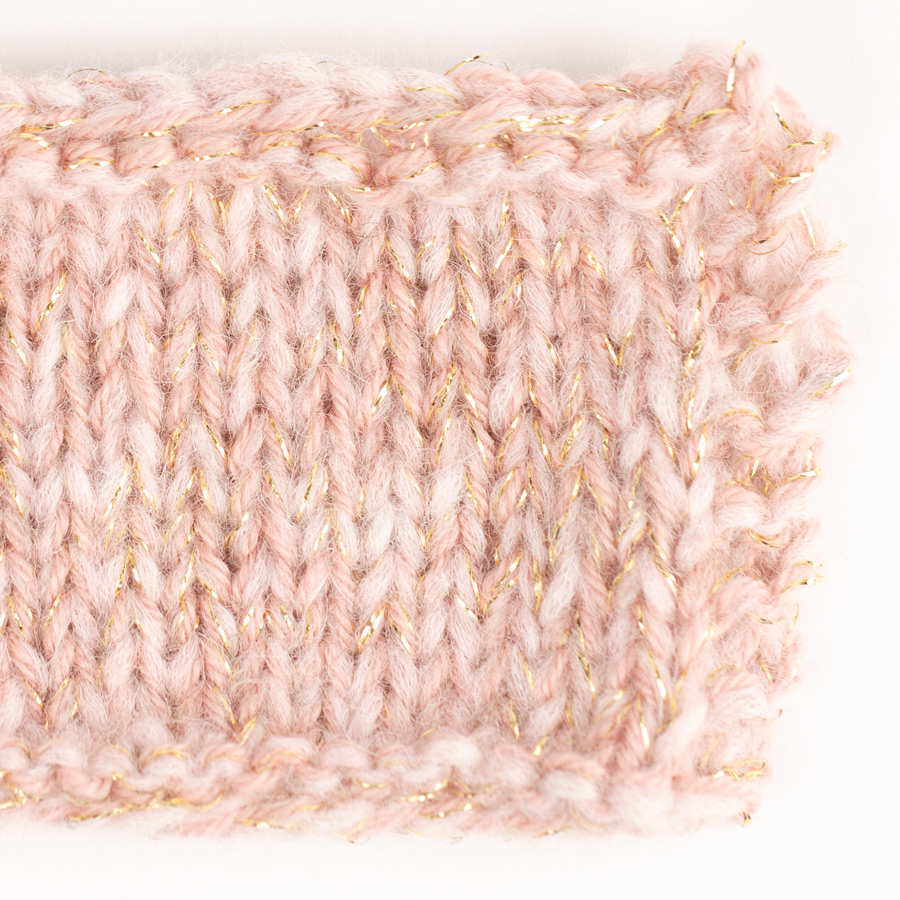
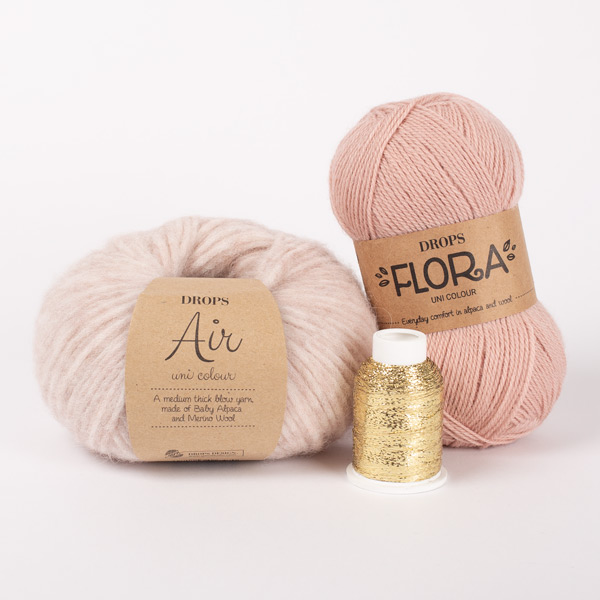
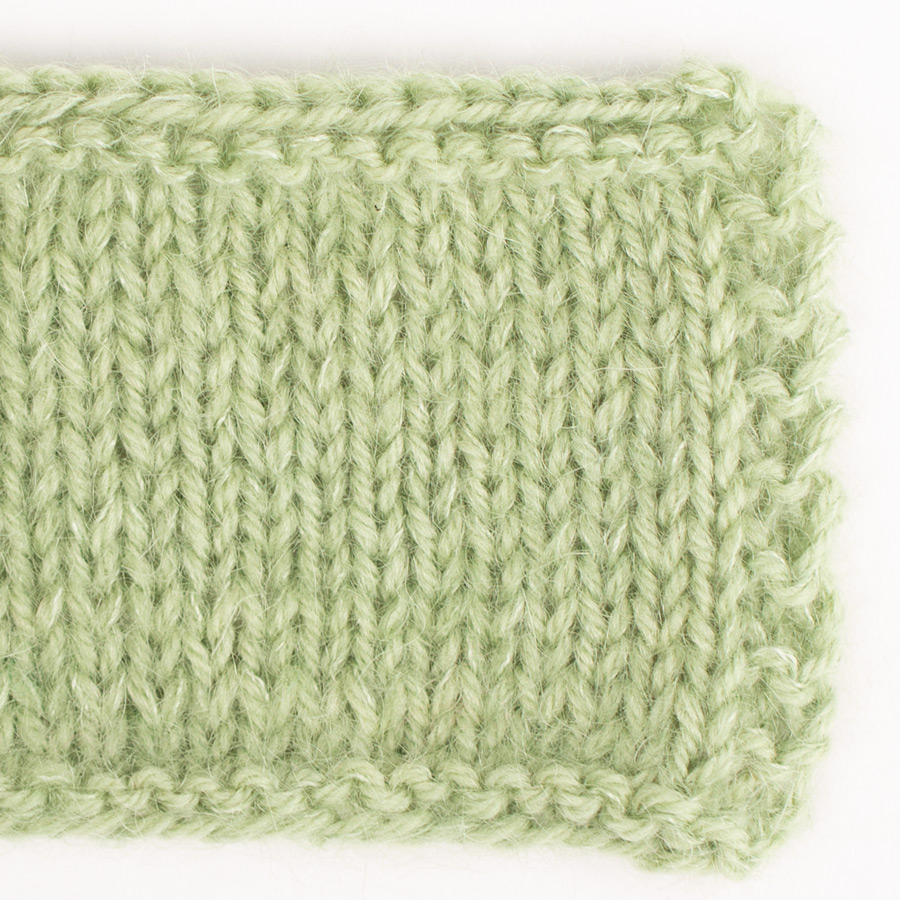
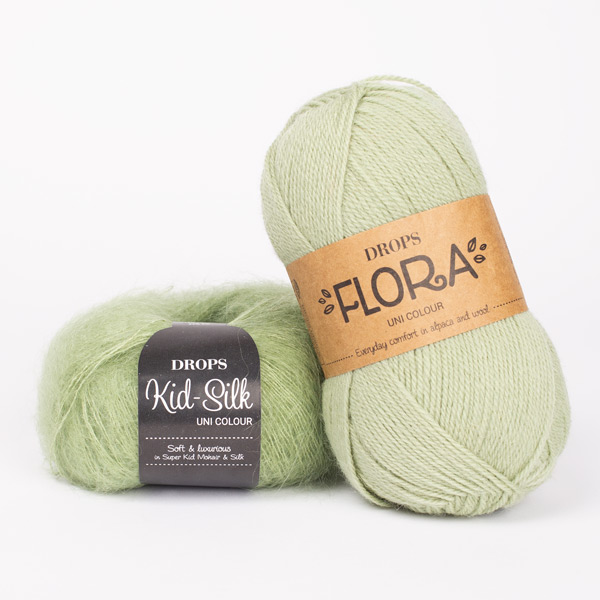
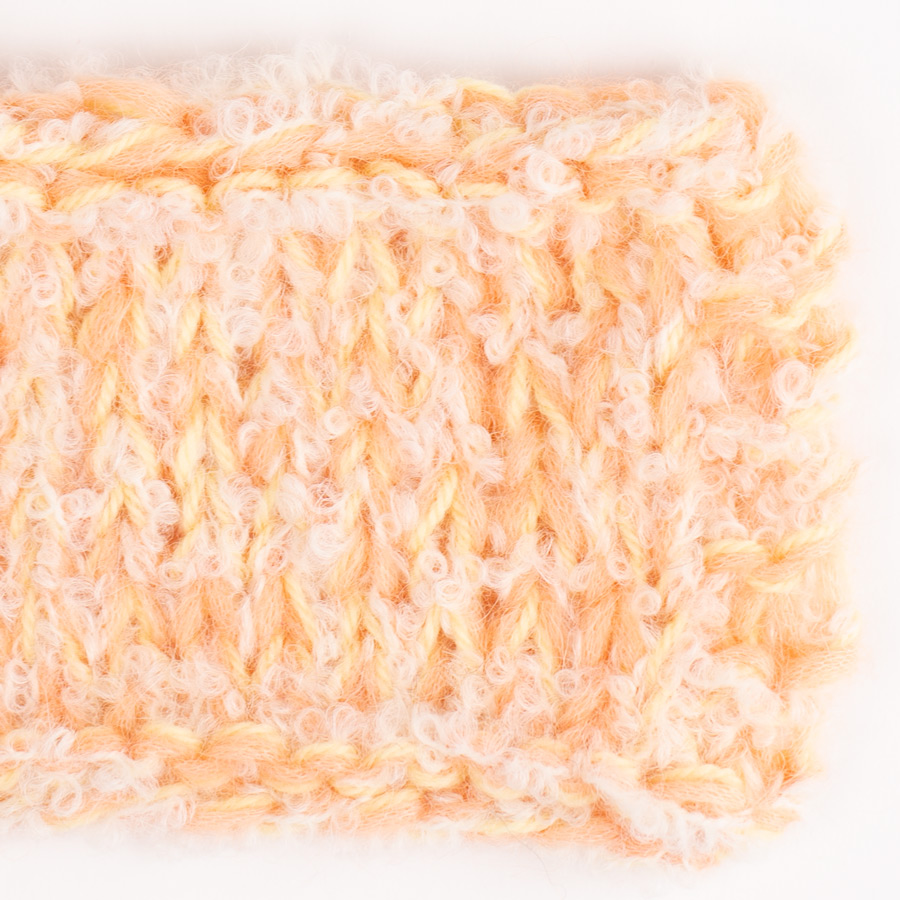
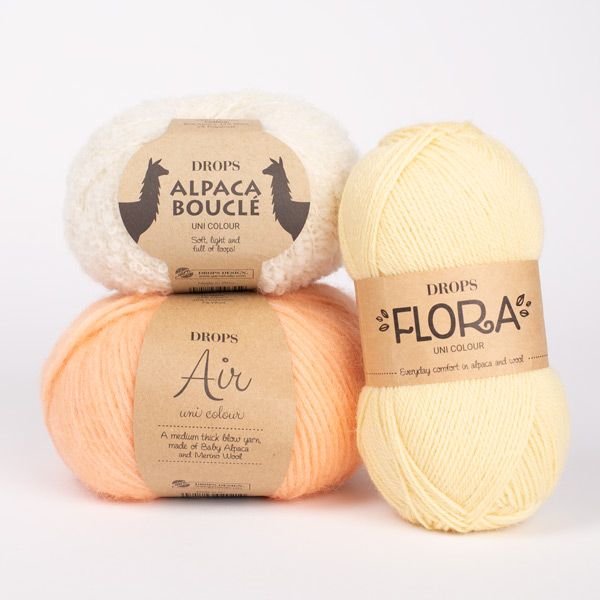
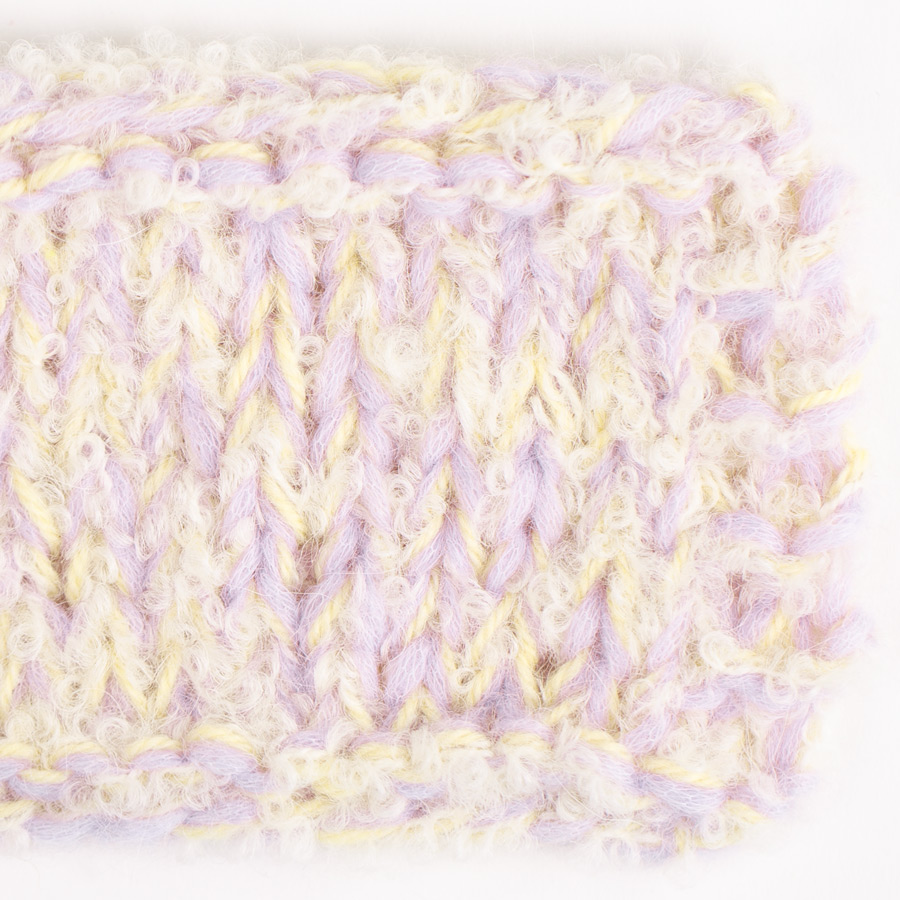
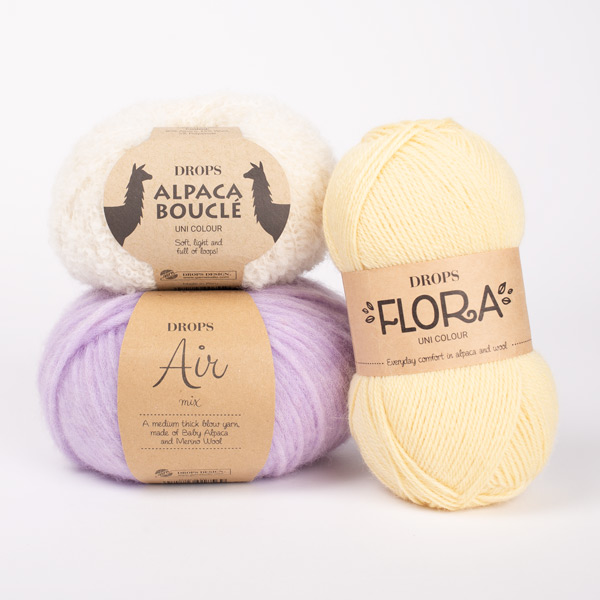

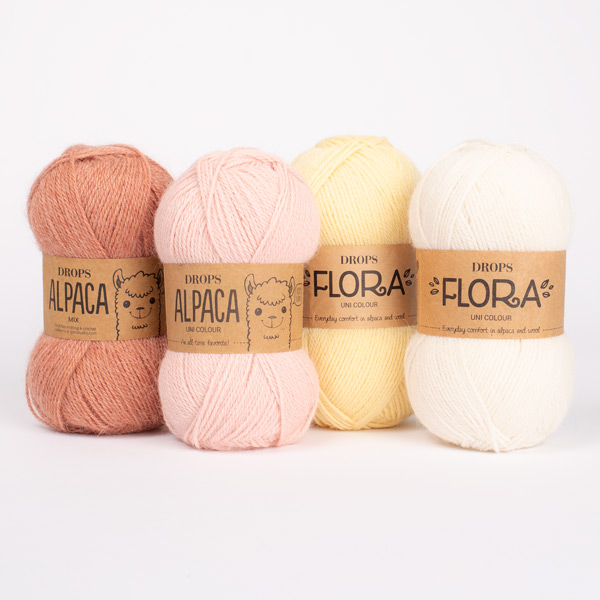








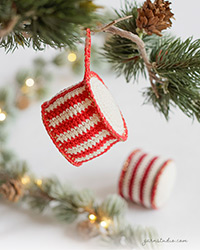





Hallo! Ich bin absolut begeistert von DROPS Flora! Super weich, eine tolle Lauflänge und lässt sich - auch bei einer stärkeren als der empfohlenen Nadelstärke - perfekt verarbeiten. Es wäre schön, wenn vielleicht noch die Farbe "leinen" der Farbpalette hinzugefügt werden könnte :-)!
20.01.2017 - 20:24